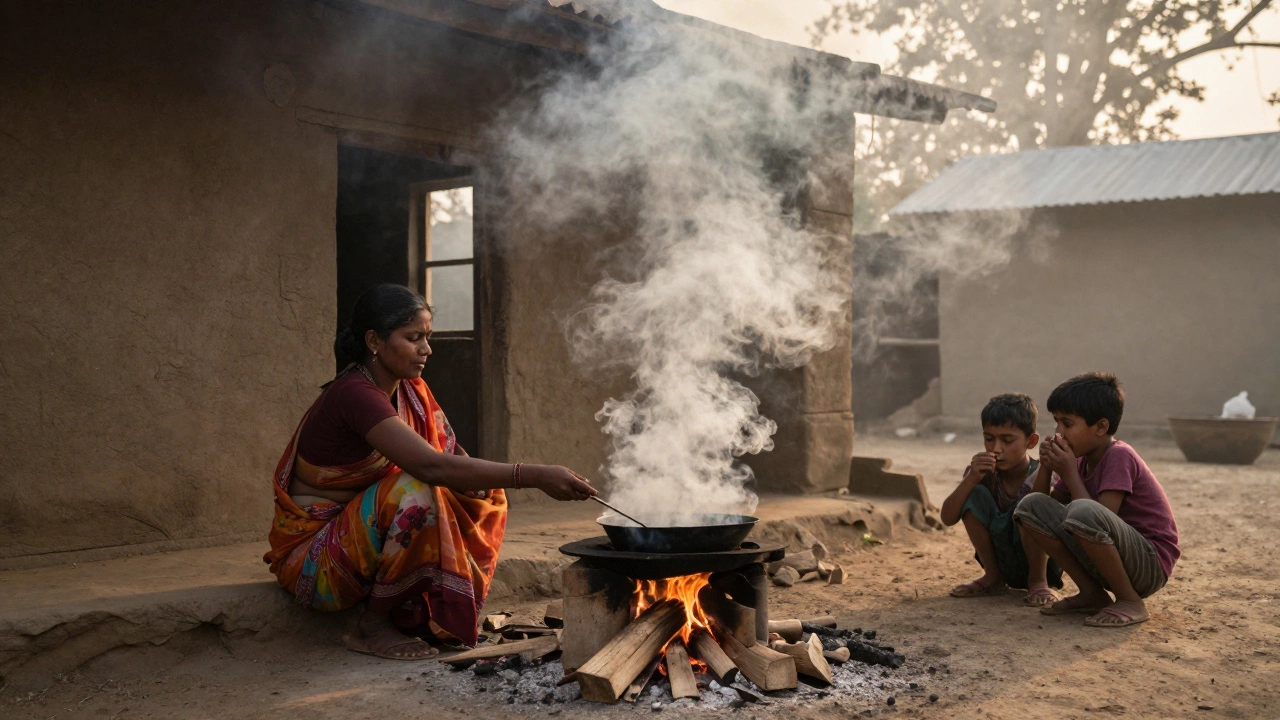Biomass Energy: What It Is, How It Works, and Why India Is Using It
When we talk about biomass, organic material from plants and animals that can be burned or processed to produce energy. Also known as bioenergy, it’s one of the few renewable sources that doesn’t just generate electricity—it turns farm waste, wood scraps, and even cow dung into usable power. Unlike solar panels or wind turbines, biomass doesn’t need sunshine or wind. It works with what’s already here: crop leftovers, forestry trimmings, food processing waste, and animal manure. In India, where agriculture covers nearly half the land, this isn’t just convenient—it’s essential.
Biogas plants in rural villages turn cow dung into cooking fuel. Sugar mills burn bagasse—the fibrous leftover from sugarcane—to power their operations and sell extra electricity to the grid. Even municipal waste is being turned into energy in cities like Delhi and Bengaluru. These aren’t experiments. They’re real, running systems that cut down on diesel imports, reduce open burning of crop stubble, and give farmers a new income stream. biofuels, liquid fuels made from biomass like ethanol and biodiesel. Also known as bioenergy carriers, they’re being mixed into petrol and diesel across India to lower emissions from vehicles. The government’s National Biofuel Policy pushes this further, aiming for 20% ethanol blending in petrol by 2025.
What makes biomass different from other renewables? It’s dispatchable. You can turn it on when you need power, not just when the sun shines or the wind blows. It’s also circular: waste becomes energy, energy becomes ash, and ash becomes fertilizer. That’s why it’s a key part of India’s clean energy mix—not because it’s perfect, but because it fits. It uses what we already produce, supports rural economies, and doesn’t need rare minerals or huge infrastructure.
Below, you’ll find real stories from India’s biomass frontier—how researchers are making it cleaner, how farmers are getting paid for their waste, and why some projects succeed while others fail. No hype. Just what’s working on the ground.






